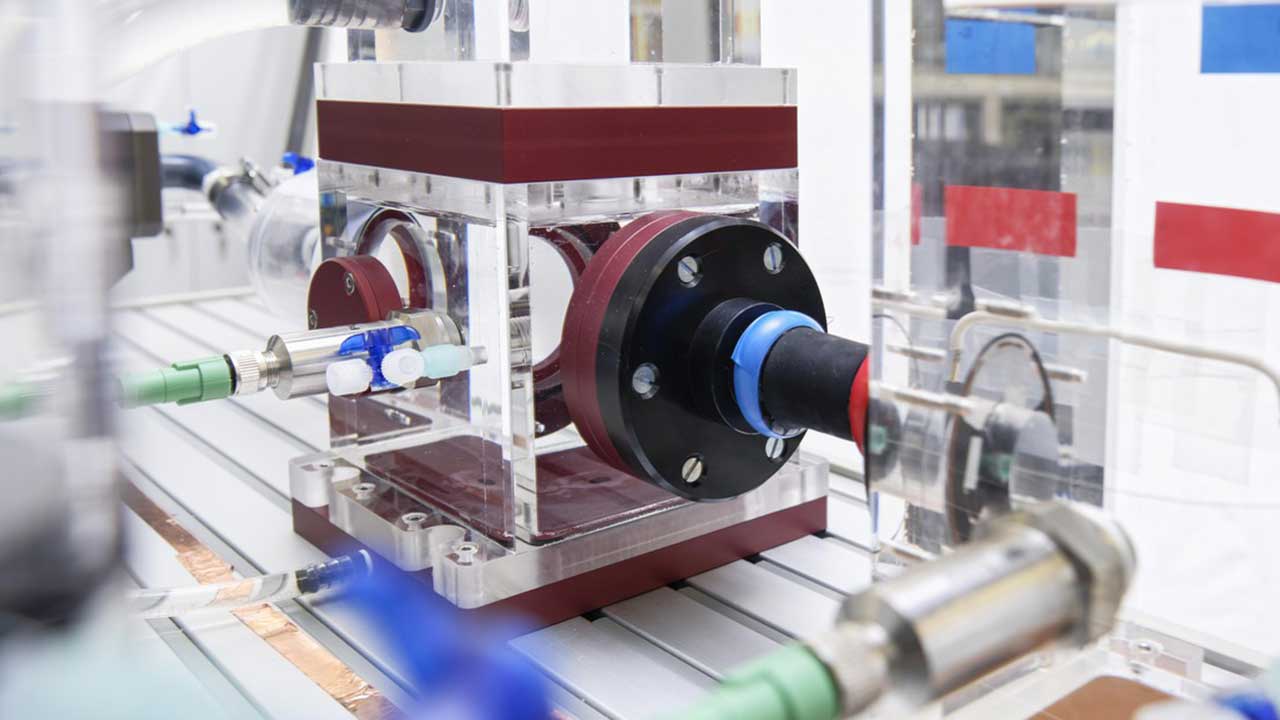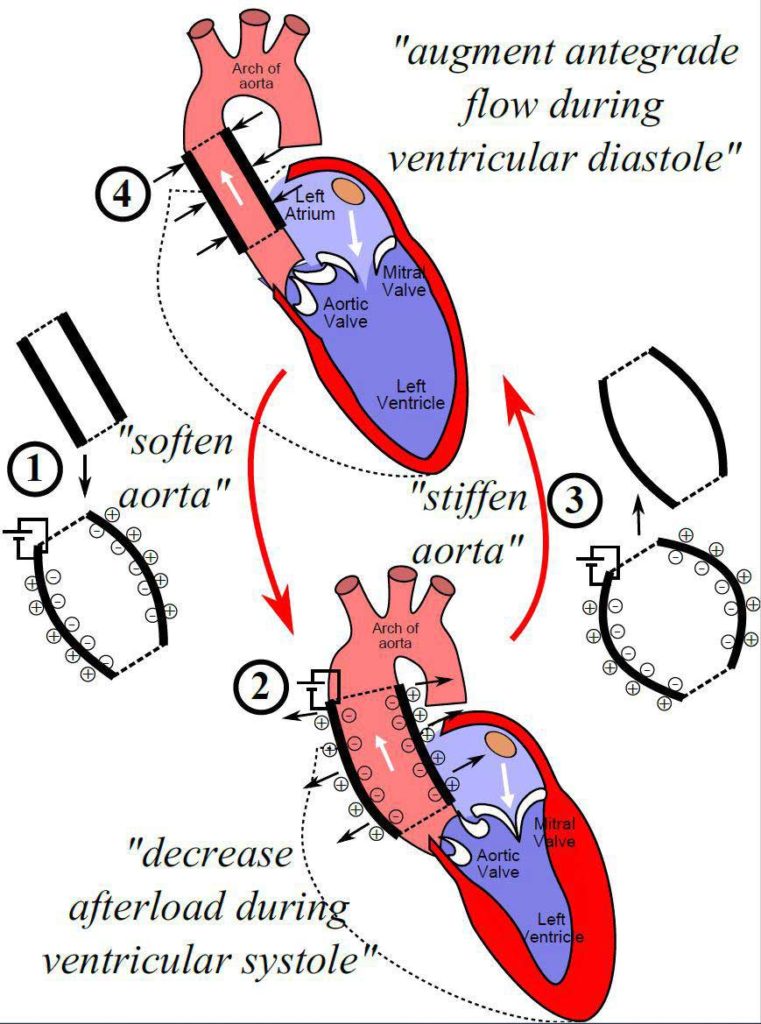
Professor Yves Perriard, head of EPFL’s Center for Artificial Muscles within the School of Engineering- along with his team of around ten other engineers from EPFL’s Integrated Actuators Laboratory (LAI) has been working on new cardiac assistance technology. They come up with a silicone aorta that can reduce patients’ blood pressure.
The artificial aortas are naturally elastic- they expand as blood is pumped into them from the heart’s left ventricle and then contract to serve the blood to the rest of the body.
In the case of heart patients, the heart has to work harder to accomplish this cycle. To ease this burden, engineers designed the aortas with silicon and a series of electrodes. The device has to be implanted just behind the aortic valve.
Applying electric voltage to the device, the artificial aorta expands to a diameter that’s larger than the natural aorta.
Yoan Civet, a Scientist at the LAI, said, “The advantage of our system is that it reduces the pressure on a patient’s heart. The idea isn’t to replace the heart, but to assist it.”
Engineers validate their system by building a simulator consisting of pumps and chambers that replicate the blood-flow and pressure conditions within a human heart.
Civet said, “By testing our device on the simulator, we were able to reduce the amount of cardiac energy required by 5.5%.”
Scientists are now planning to conduct further tests of their artificial aorta.

Civet said, “We started from scratch and had to develop a new production process that would allow us to increase the silicone tube volume. We also had to overcome the problem of electric breakdown. Due to our multi-layer design, only half of the affordable electric field was reached compared to a single-membrane system. We had to troubleshoot the problem and then come up with a solution.”
This research was carried out under a joint initiative by ETH Zurich, the University of Bern, and EPFL. The consortium has received a 12-year, CHF 12 million grant from the Werner Siemens Foundation to develop a cardiac assistance system, a urology system, and a facial reconstruction system based on flexible actuators.
Journal Reference:
- Morgan Almanza et al. Feasibility of a Dielectric Elastomer Augmented Aorta. DOI: 10.1002/advs.202001974
Continue reading A silicone aorta can reduce how hard patients’ hearts have to pump on Tech Explorist.
0 comments:
Post a Comment